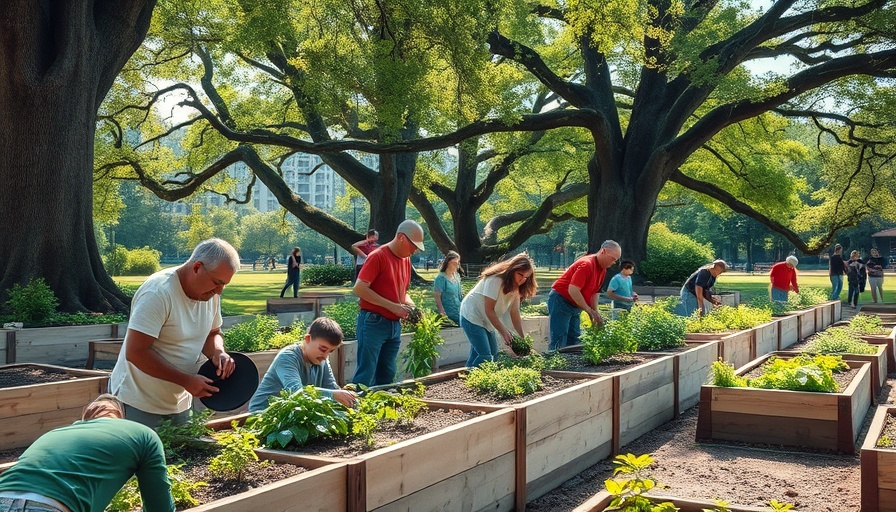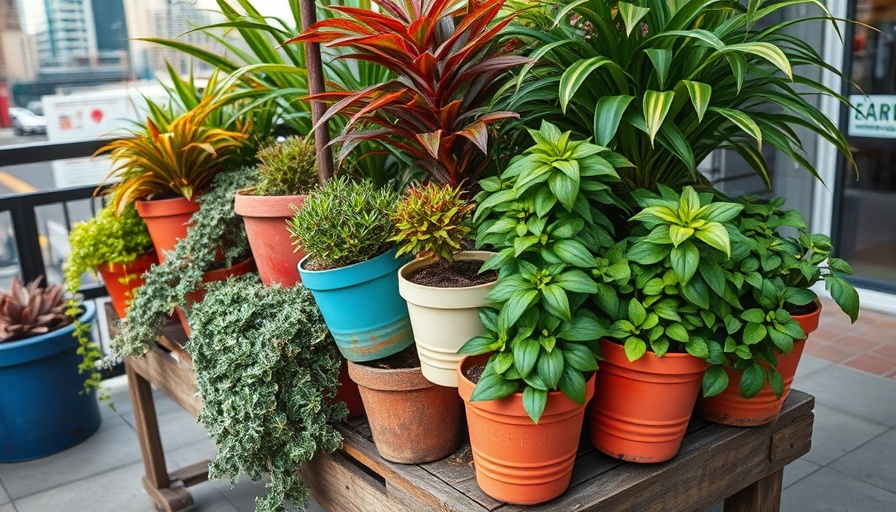
Unlocking Educational Potential Through School Gardens
The benefits of incorporating garden spaces in schools extend far beyond the aesthetic; they play a crucial role in enhancing the educational experience. With a focus on experiential learning, outdoor gardens enable students to engage with their environment in meaningful ways, promoting curiosity and a love for nature.
Steps to Create a Flourishing School Garden
Setting up garden beds in schools is easier than it may seem. Here’s a simple guide to get started:
- Plan and Design: Start by assessing available space and sunlight. Consult with teachers and gardening experts to devise a layout that encourages student participation.
- Gain Permissions: Work with school administrators to secure necessary approvals. Highlight the educational benefits to gain community support.
- Gather Supplies: Collect essential materials such as soil, seeds, and raised garden beds, ensuring all are child-friendly.
Fostering Skills Through Gardening
School gardens not only serve as an outdoor lab for science and environmental studies but also help students develop essential life skills, from responsibility to teamwork. Such settings promote healthy eating habits and a stronger connection to where food comes from.
Engaging the Community
A successful school garden is often a community effort. Involving parents, local businesses, and gardening clubs can create a support network, ensuring the garden’s success and sustainability.
 Add Row
Add Row  Add
Add 




Write A Comment